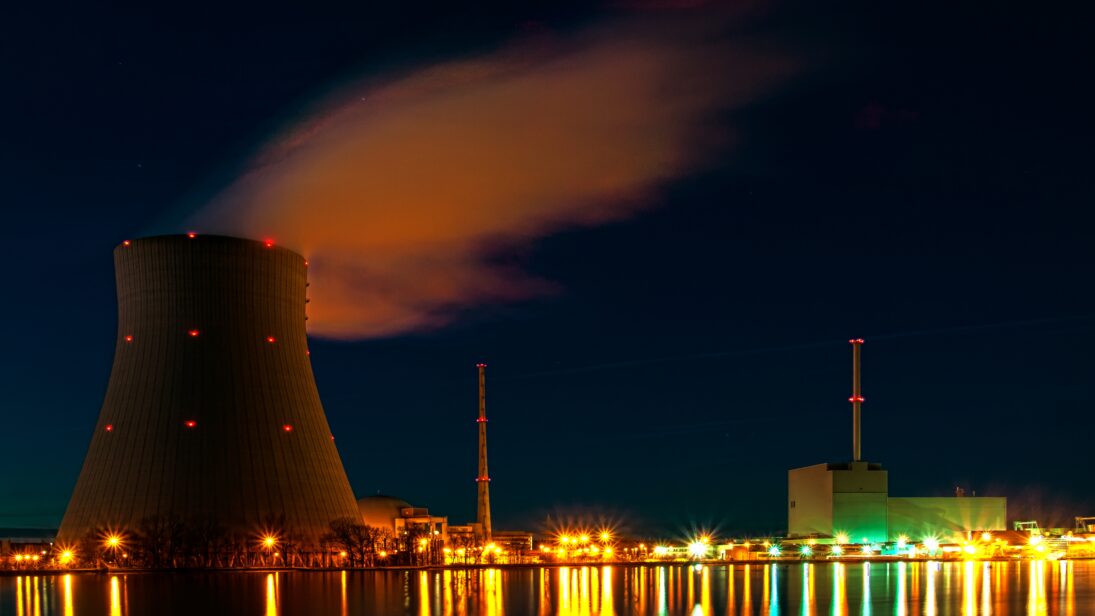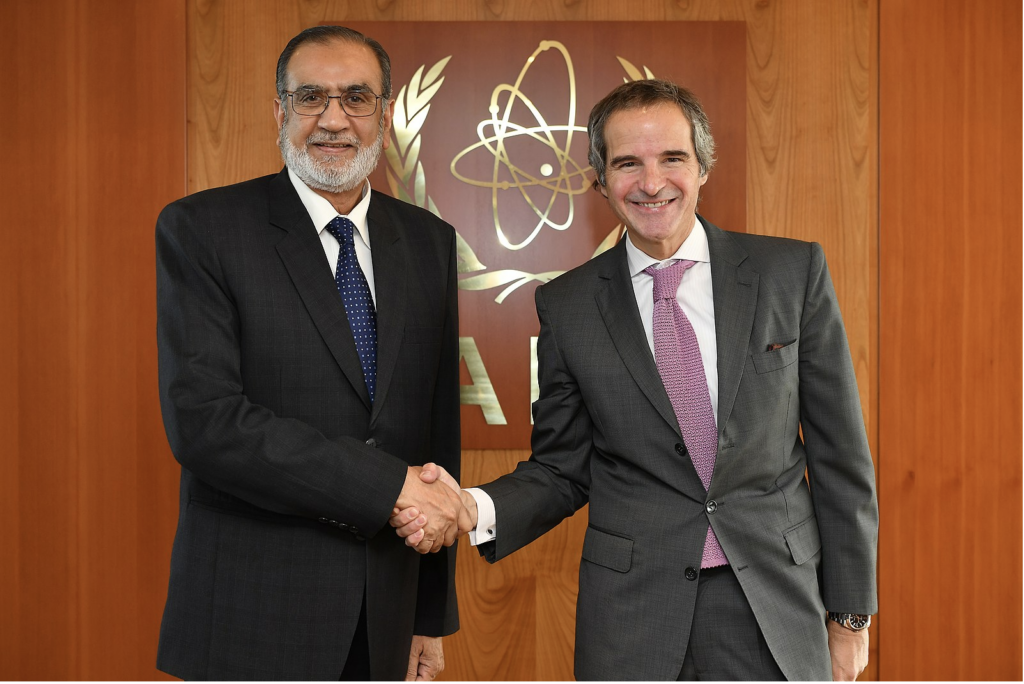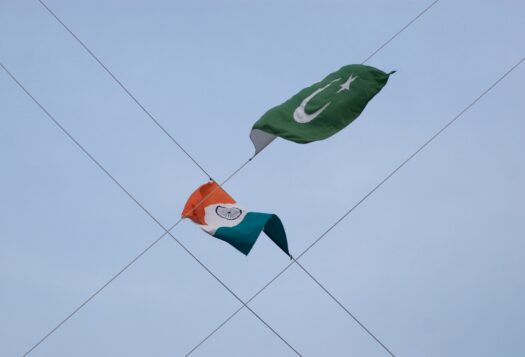
Peaceful nuclear technology use is a key focus of Pakistan’s civilian nuclear program. Pakistan’s first Nuclear Power Plant (NPP), KANUPP-1, was commissioned in 1971, providing clean, reliable, and cost-efficient energy for five decades with a remarkable safety record. Since then, six additional NPPs—the latest of which was inaugurated on February 1, 2023—have increased the proportion of nuclear energy use in Pakistan’s national grid. During his visit to Pakistan in February 2023, Director General International Atomic Energy Agency (DG IAEA) Rafael M Grossi emphasized that Pakistan possesses the technical and engineering capacity to add additional NPPs to its national grid.
Global demand for cost-effective, reliable, and clean energy sources has grown. The world is experiencing rapidly changing climate change effects. Moreover, the ongoing Russia-Ukraine War has created fluctuations in global energy supplies. Nuclear energy is a clean and cost-effective source of power that offers several benefits over traditional fossil fuels and renewable sources. Unlike coal and natural gas, nuclear energy does not emit harmful pollutants like carbon dioxide and greenhouse gases, making it environmentally sustainable. In addition, nuclear power plants are designed to run continuously for extended periods to provide a steady and cost-efficient source of electricity production, limiting energy supply fluctuations.
Fears of potential default demand policymaker attention to energy alternatives. Nuclear energy, already contributing significantly to the national grid by providing cost-effective and clean energy, can be prioritized to preserve depleting foreign exchange reserves.
The current economic crisis in Pakistan has brought the country’s foreign exchange to an eight-year low. Fears of potential default demand policymaker attention to energy alternatives. Nuclear energy, already contributing significantly to the national grid by providing cost-effective and clean energy, can be prioritized to preserve depleting foreign exchange reserves.
Increasing Pakistan’s Nuclear Energy Capacity
Crude oil, petroleum products, and natural gas accounted for almost a third of Pakistan’s import bill in December 2022. Though mostly reliant on importing energy from abroad, Pakistan’s energy sector still struggles to meet the population’s growing energy demand. The Pakistani rupee’s devaluation and the global rise in oil prices have increased pressure on Pakistan’s foreign exchange reserves by raising the costs of importing energy. If left unaddressed, the current energy crisis will have a devastating impact on Pakistan’s already crippled economy. To overcome this energy insecurity, Pakistan should seek alternative solutions to meet its domestic energy needs and ensure that its energy industry is sustainable in the long run.
From July 2020 to March 2021, NPPs generated 2,530 megawatts of energy. In the following year, from July 2021 to March 2022, NPPs increased capacity by 39 percent to 3,530 megawatts. During this time, NPPs produced 12.5 percent of cumulative energy production in Pakistan, operating efficiently and providing a consistent and stable electricity supply at optimal capacity levels. In line with this, the country has set a goal of achieving 8,000 megawatts of nuclear energy capacity by 2030.
According to National Electric Power Regulatory Authority (NEPRA), in 2022, domestic nuclear energy production resulted in substantial savings compared to importing non-nuclear energy. After accounting for loan installments on NPPs, Pakistan saved $3 billion compared to importing oil, $2.2 billion in importing natural gas, and $1.6 billion in importing coal. Increasing the nuclear energy capacity would substantially contribute to foreign exchange savings for Pakistan by reducing the country’s dependence on imported fuel and providing cheaper energy to the national grid.
Challenges and Risks
Pakistan has a remarkable record of nuclear safety, security, and preventing nuclear accidents. The Nuclear Threat Initiative has recognized Pakistan’s efforts in improving its nuclear security and ranked the country as the most improved state on its Nuclear Security Index. During his recent visit, DG IAEA Rafael Grossi commended Pakistan for its robust and effective nuclear safety and security measures.
The adoption of nuclear energy comes with some challenges to be taken into consideration, especially climate-related hazards. Pakistan has been consistently ranked among the top ten most vulnerable countries on the climate risk index. The country is exposed to earthquake-prone zones and climate catastrophes, which demand an effective policy response. Accidents can occur in any industry. However, every industry learns from accidents and takes steps to improve safety.

Pakistan recognizes the significance of nuclear security as a paramount national responsibility. It has accordingly established a thorough and efficient nuclear security regime that covers all nuclear and radioactive materials, as well as the facilities and activities associated with them, throughout their life cycle. In the case of nuclear power, potential hazards are factored into the design of nuclear power plants. Although a few spectacular accidents have occurred, such as Fukushima and Three Mile Island, they have resulted in relatively minimal human fatalities. Furthermore, nuclear power plant designs are constantly being improved and modernized to ensure safety and are built to withstand earthquakes, tsunamis, and other potential hazards. Notably, during earthquakes in Japan in 1995, 2004, 2005, 2007, 2009, and 2011, as well as a devastating earthquake in Taiwan in 1999, nuclear power plants automatically shut down and ensured safety.
However, a strong indigenous culture of nuclear security has been cultivated over time, reinforcing and sustaining the robustness of Pakistan’s nuclear security regime.
To keep up with emerging challenges, the IAEA continually assesses Pakistan’s national nuclear security regime in accordance with the country’s international obligations. Despite strict adherence to international standards, Pakistan is concerned over the discriminatory decisions by the Nuclear Supplier Group (NSG) to grant a waiver to India despite the country not being a signatory to the Nuclear Non-proliferation Treaty (NPT). However, a strong indigenous culture of nuclear security has been cultivated over time, reinforcing and sustaining the robustness of Pakistan’s nuclear security regime. Being a member of IAEA’s 35-member Board of Governors—even though it remains outside the NPT—Pakistan is closely working with the IAEA and receiving technical cooperation from the agency.
Conclusion
Nuclear energy is a viable option for Pakistan to pursue more vociferously. Increasing nuclear energy capacity and its use can save Pakistan billions in foreign exchange reserves and reduce electricity load shedding. Furthermore, by reducing its reliance on imported fuels, Pakistan can improve its balance of payments and contribute to its overall economic stability. Investing in domestically generated nuclear power has the potential to save on import costs, which can conserve the country’s foreign exchange reserves and promote economic growth in the long term.
***
Image 1: Nuclear power plant in Isar via Wikimedia Commons
Image 2: Muhammad Naeem & Rafael Mariano Grossi/ IAEA Imagebank via WikiCommons


